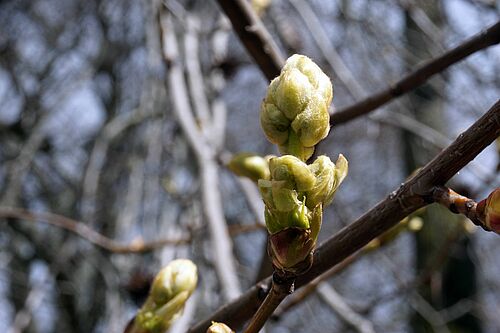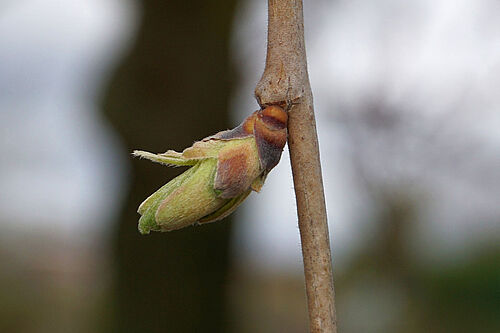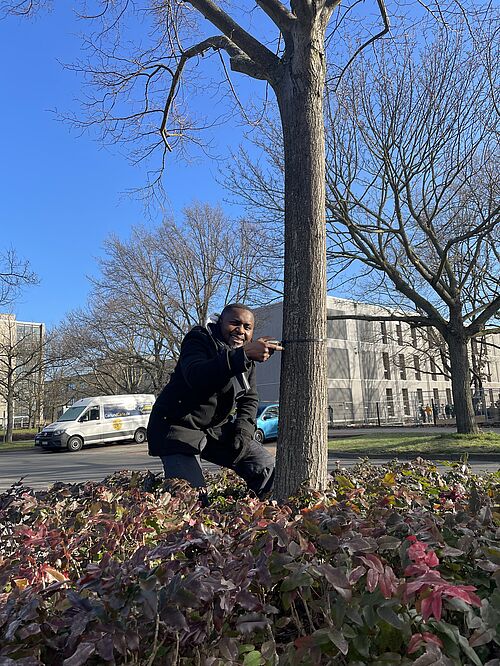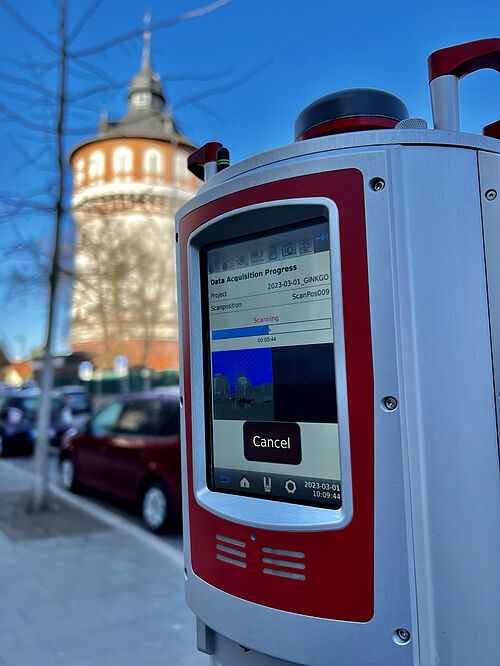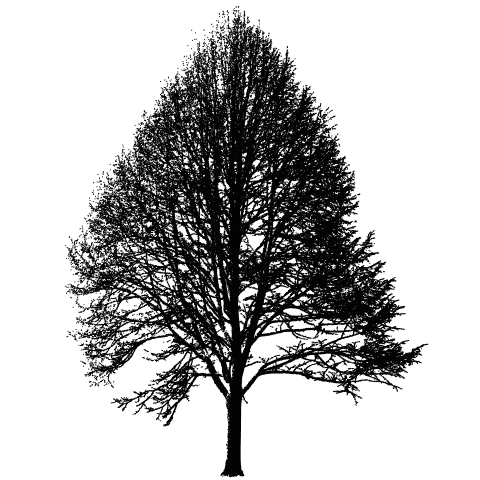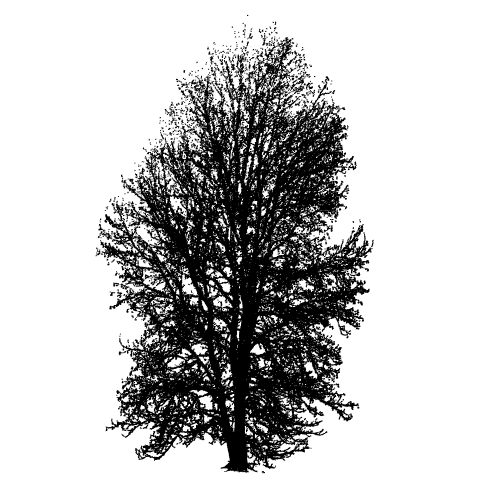back to the project page:
Inhalt: Terrestrial biomass estimation and urban tree vitality analysis
Trees are a central element of urban green infrastructures. Compared to trees in forests, they grow under heterogeneous, anthropogenically shaped environmental conditions (e.g., root space and crown area are limited and regular pruning is required). To estimate carbon sequestration by trees, tree biomass is determined with the help of allometric equations, which build on the close correlation between tree-trunk diameter and volume. These equations are usually based on studies conducted in forests. Especially, in the field of urban carbon sequestration, there are data gaps and laser scanning can contribute to a more accurate assessment. Therefore, selected trees are measured with a terrestrial laser scanner and the biomass is calculated.
Carbon capture and long-term carbon sequestration can only occur if trees are healthy. Therefore, we study tree vitality. The municipal tree cadasters are a valuable dataset based on regular visual tree inspections. Visual tree assessments classify, among other things, the branching pattern, the crown structure and the condition of the foliage. However, these visual tree checks can only evaluate symptoms of damage that have already resulted in visually detectable deterioration. Abiotic and biotic stress factors (e.g. water deficiency, heat stress and disease infestation) reduce the photosynthetic activity of the leaves and can be measured as chlorophyll fluorescence and chlorophyll content. The usefulness of the Arborcheck, a photosynthesis measurement device, for the detection of early stress symptoms will be tested on selected trees and its utility for tree inspectors will be evaluated.

